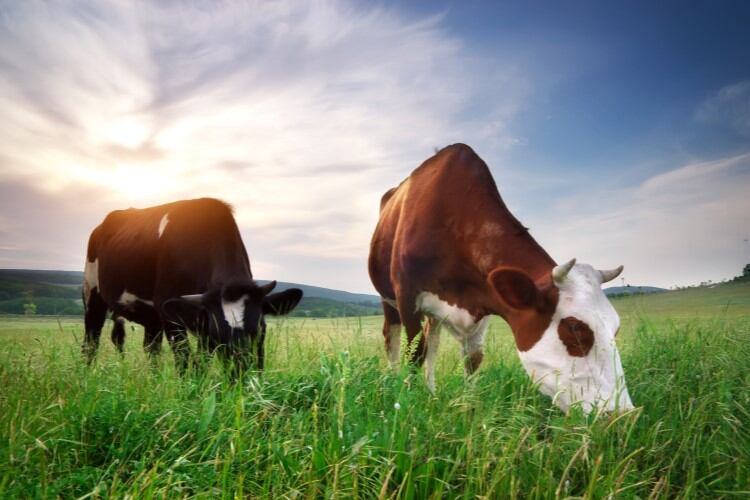With the UK’s recent warm and wet weather exposing cattle to high worm and fluke changes, one animal health expert has warned the beef and dairy farming community to plan on what products to use and when.
SQP Mark Pass from Beeston Animal Health said he had seen heifer growth rates compromised by parasites this summer, especially those where little monitoring is being done. “Youngstock in their first grazing season have been particularly affected as they are yet to develop an immunity to specific worms.
“The immediate concern is those animals protected throughout the summer with a long-acting product that is now running out. They are at risk, so between now and housing, they need careful monitoring, grazed on clean pasture and treated, when necessary, with the most appropriate product. Don’t wait until housing to treat if your stock are at risk, as that could result in the costly loss of valuable growth,” he warned.
Attention must then be put onto protecting stock at housing to ensure cattle health, growth and production aren’t compromised over winter.
“To get the most effective control, planning is essential. This must consider what parasites are an issue on the farm by testing using bulk milk enzyme-linked immune sorbent assay (ELISA), conducting faecal egg counts, coproantigen tests for fluke and using abattoir data, for example. Growth rates are important indicators for further actions and help to monitor the success of your plan.
“Once you know the parasite risks, you can plan how to manage them by choosing the most appropriate product, considering milk and meat withdrawal times and choosing a product with persistency.”
When dealing with a mixed worm and fluke burden, farmers may wish to consider a combination product, he added. “Products need to be used at the correct time for the most effective use, and if using it before housing, a further flukicide may need to be used after housing to ensure all life stages of fluke are removed,” Pass explained.
He reminded farmers to be vigilant for signs of lungworm and treat animals early. “From picking up lungworm infection to seeing clinical signs such as coughing in cattle can be a little as 8 to 10 days post-infection,” he said.
“In a really heavy burden from coughing to death can be a matter of only a few days. By treating stock for lungworm before housing with a persistent de-worming product, you can reduce lungworm-associated pneumonia and stress at housing.”

